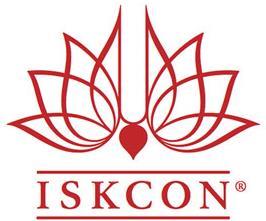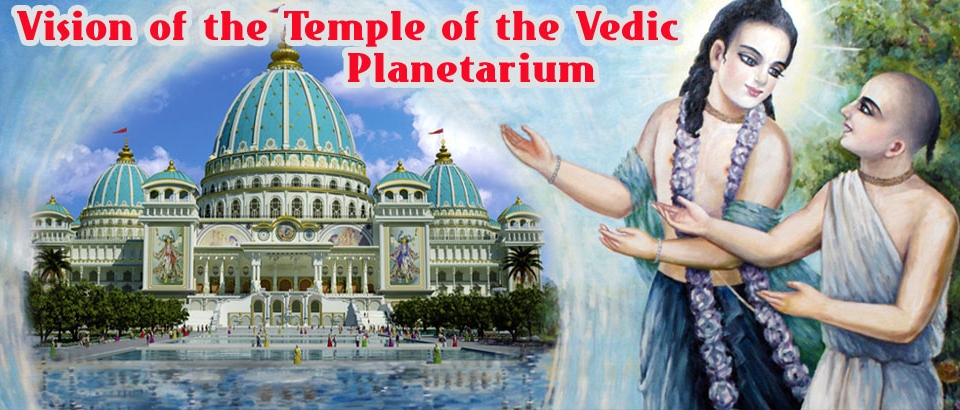
ISKCON was formed to spread the practice of bhakti yoga, in which aspirant devotees (bhaktas) dedicate their thoughts and actions towards pleasing the Supreme Lord, Krishna. ISKCON today is a worldwide confederation of more than 400 centres, including 60 farm communities, some aiming for self-sufficiency, 50 schools and 90 restaurants. In recent decades the movement’s most rapid expansions in terms of numbers of membership have been within Eastern Europe (especially since the collapse of the Soviet Union) and India.

Seven Purposes of ISKCON
(1) To systematically propagate spiritual knowledge to society at large and to educate all peoples in the techniques of spiritual life in order to check the imbalance of values in life and to achieve real unity and peace in the world.
(2) To propagate a consciousness of Krishna as it is revealed in the Bhagavad-gita and Srimad Bhagavatam.
(3) To bring the members of the Society together with each other and nearer to Krishna, the prime entity, and thus to develop the idea, within the members, and humanity, at large, that each soul is part and parcel of the quality of Godhead (Krishna).
(4) To teach and encourage the Sankirtan movement of congregational chanting of the holy name of God as revealed in the teachings of Lord Sri Chaitanya Mahaprabhu.
(5) To erect for the members, and for society at large, a holy place of transcendental pastimes, dedicated to the personality of Krishna.
(6) To bring the members closer together for the purpose of teaching a simpler and more natural way of life.
(7) With a view towards achieving the aforementioned purposes, to publish and distribute periodicals, magazines, books and other writings.
Hare Krishna mantra
The popular nickname of “Hare Krishnas” for devotees of this movement comes from the mantra that devotees sing aloud (kirtan) or chant quietly (japa) on tulsi mala. This mantra, known also as the Maha Mantra, contains the names of God Krishna and Rama.It is transcendental sound vibration. It is not ordinary sound.
The Maha Mantra:
Hare Krishna Hare Krishna, Krishna Krishna Hare Hare
Hare Rama Hare Rama, Rama Rama Hare Hare
The Hare Krishna mantra or Maha Mantra (“Great Mantra”), is a 16-word Vaishnava mantra which first appeared in the Kali-Santarana Upanishad, and which from the 15th century rose to importance in the Bhakti movement following the teachings of Chaitanya Mahaprabhu.
“Hare” can be interpreted as either the vocative of Hari, another name of Vishnu meaning “he who removes illusion”, or as the vocative of Hari a name of Radha. Krishna’s eternal consort or Shakti. According to A. C. Bhaktivedanta Swami Prabhupada, Hari refers to “the energy of God” while Krishna and Rama refer to God himself, meaning “He who is All-Attractive” and “He who is the Source of All Pleasure”. Rama can refer to Ramachandra or to Krishna as Radha-Raman, another name of Krishna meaning beloved of Radha.

